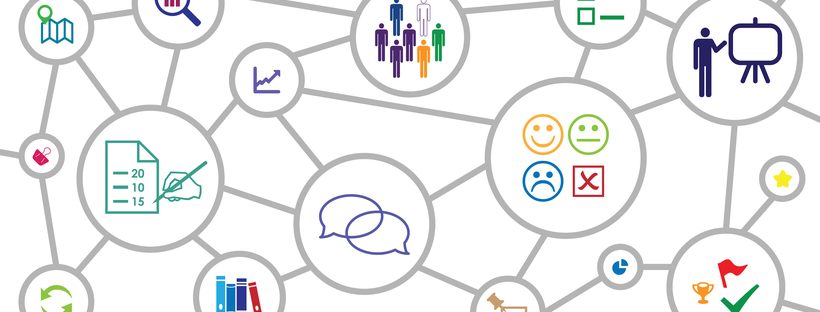Tailor-ED
Apr 12, 2022
4 min read
The only thing certain about the upcoming school year... is that nothing is certain. In all likelihood, one of three scenarios will play out for your district next year: fully in-person, fully online, or a hybrid school year. Chances are you may be switching between these at some point as well. Depending on where you live, some families may be given a choice of what they prefer.
Here are a few suggestions for how to start preparing for any of these situations.
There was a lot of trial and error the first several weeks, if not months, of remote learning. Some ideas worked better than others - and for a variety of reasons. Think about concepts like your methods for instructional delivery, communication (with all stakeholders), policies, and procedures. What went well and what didn’t? If something didn’t work, is there a way you can change it to work better in the future? Of course, keep in mind that what works with one group one year, doesn’t necessarily work with a different group the next year.
Chances are you read or heard about an educational tool or platform this past spring that other folks tried and loved! The problem was you just didn’t have the time to try out something new while remote teaching. The good news is now is your chance! Summer is the perfect time to visit some company websites and learn more about their products. Now more than ever, you may find they come in handy. Differentiation will be key next year, as students will be entering your class with various learning experiences from last year. Let tools like Tailor-ED help you meet your students where they are at both academically and emotionally.
Think about some of your favorite lessons both pre-COVID and during remote learning. Are the ones that you usually do in the classroom able to be adapted online? If so, you can plan for both scenarios. If a lesson is really best done in person, but you know you’re going to be 100% virtual next year (or the chance is there), take time to investigate alternate things you can do to deliver the same content. On the contrary, maybe you had a really great remote lesson or activity that you can adapt to in-person instruction. If you are doing a hybrid school year, you’ll be set for either scenario.
We spend a lot of time developing lessons to reach every type of learner in our class. Oftentimes we have students working in groups. Unfortunately, traditional group work may be on hold for a while - at least in the physical sense. But that doesn’t mean you can’t get creative and figure out ways students can still work in pairs or small groups. If you haven’t done so before, now is a great time to assign roles to individuals for group work. For instance, in a math group, you might have an Organizer, a Recorder, a Manager, and a Checker. Everyone is responsible for their own work (set clear expectations), but they can still present it collectively as a group - socially distanced, of course.
Depending on the age of your students, the skills you will want them to be able to do are going to look different. For younger students, you may want to review the basic parts of Google Classroom or teach them how to record a Flipgrid video. Even teaching good organizational skills can be a huge benefit for students of all ages! No matter what, be sure to teach these skills early on, so that if plans have to change quickly, your students will be prepared.
We recently chatted with a teacher who explained how frustrating it was when she tried to teach geometry to her 4th graders remotely, and none of them had a protractor. Clearly it’s hard to teach measuring angles without one! Think about what your students might need during remote learning and create individual “tool bags” that can be kept home with them. These can be subject-specific, but may also include basic supplies like pencils, erasers, and glue sticks. If you have a math program that comes with manipulatives, send those home. Print out things like paper rulers and protractors to include in the tool bag.
Despite a steep learning curve in the spring, many families may still be struggling with helping their students with remote learning at home. Perhaps you or your school could offer a tutorial on how to navigate Google Classroom? Maybe families don’t have enough devices at home for every child to use. Is there something your school or district is doing to help with equity issues? Is wifi access an issue? Think about some of the questions and concerns that were raised in the spring, and determine if there is anything you can do to address some of those now. It may be as simple as deciding on an app or website that will be best to communicate with parents throughout the year.
It’s hard not to worry about all of the unknowns surrounding next year. However, it’s important you take some time for self-care As the saying goes, you can’t fill from an empty bucket. New students and families will be looking to teachers for guidance and support now more than ever. So in all of your planning for the upcoming year, don’t forget that relationship building will trump everything else discussed here. If you focus on that first, everything else will fall into place one way or another. Stay well!

